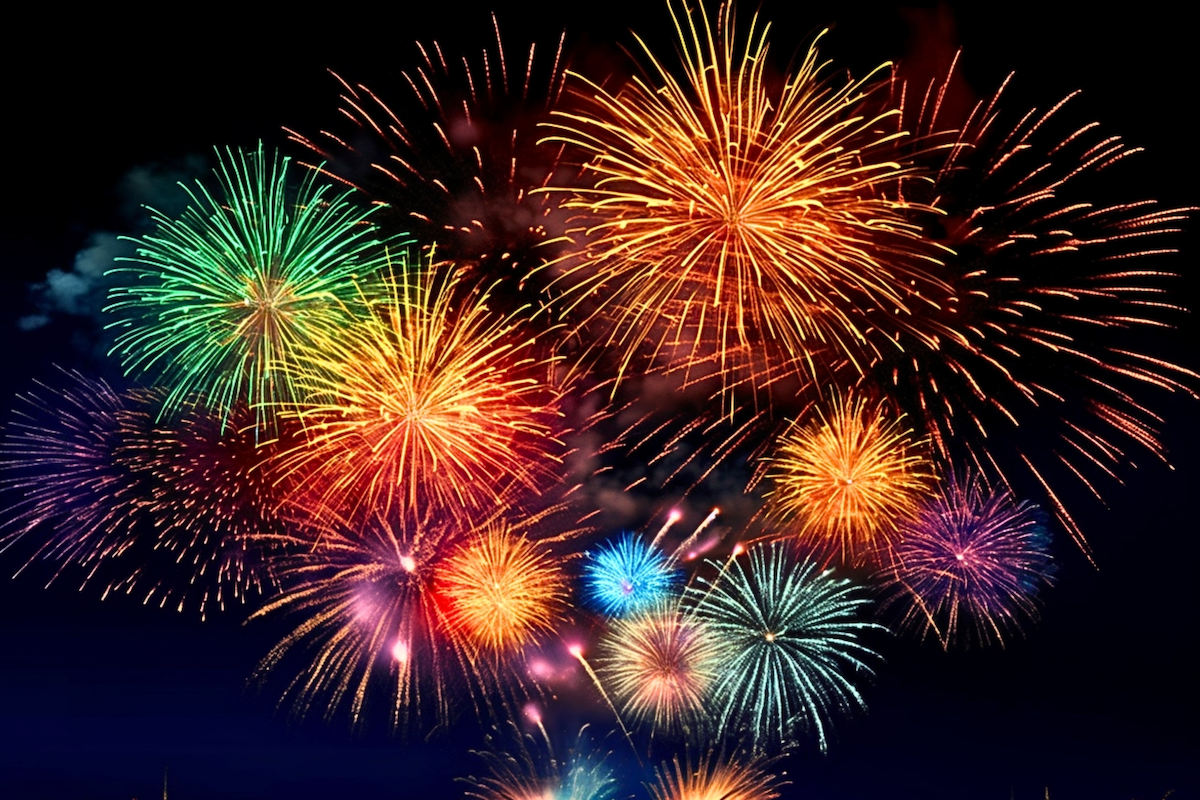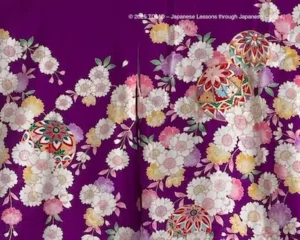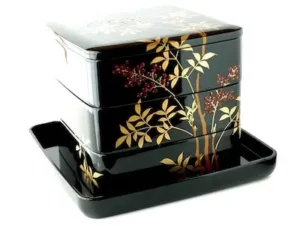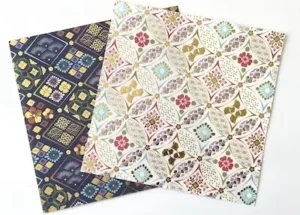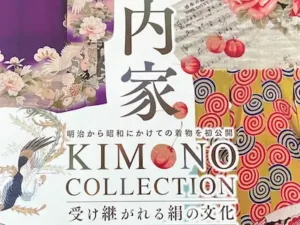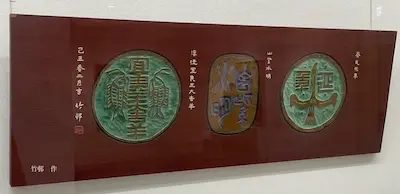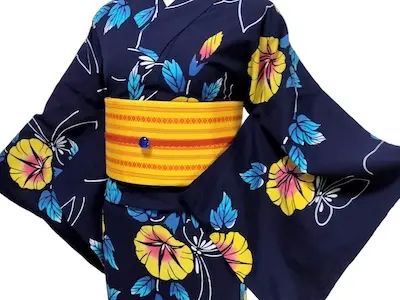
Hanabi (花火): History, Culture, and the Unique Seattle Connection
Summer in Japan and Fireworks
Summer in Japan is hot and humid. Fireworks are a beloved symbol of the season.
They are often launched at summer festivals and local events.
People forget the heat and lose themselves in the fleeting beauty.
The colorful lights filling the night sky make summer nights unforgettable.
In August, large fireworks festivals are held across the country.
These festivals also feature many small food stalls, called yatai.
Street food is not common in daily life, but during fireworks events, everyone enjoys eating as they walk.
The Purpose and Meaning of Fireworks
In Japan, fireworks are more than just beautiful displays.
They also carry deep cultural and spiritual meanings.
Traditionally, fireworks express gratitude for nature’s power.
They honor ancestors and ward off disasters.
Summer fireworks also serve as prayers to endure the heat.
They symbolize wishes for health and safety.
Fireworks festivals attract many tourists.
They play an important role as a cultural and tourism asset in Japan.
The History of Fireworks in Japan
Sengoku Period (1467–1615)
Fireworks in Japan began in the Sengoku period.
At that time, gunpowder technology arrived from Europe.
Because of this, many see it as the true beginning of fireworks in Japan.
Mid-Edo Period (1603–1680)
By the mid-Edo period, fireworks were part of public entertainment.
People gathered to watch them at night.
In Edo, now Tokyo, the Sumida River Fireworks Festival started.
It soon became a highlight of the summer season.
Even today, it is one of Japan’s most famous displays.
Meiji Era (1868–1912)
During the Meiji era, fireworks technology improved quickly.
As a result, artisans could create many new designs.
They also developed more colorful and complex patterns.
Modern Fireworks
Today, Japanese fireworks makers are highly skilled.
They can produce vivid colors like blue, pink, and purple.
These colors were once thought impossible.
But the final shape is not known until it bursts in the sky.
So artisans design the colors and patterns in detail.
They see the results only after launching.
Fireworks Today
Because of this long history, large fireworks festivals are held across Japan every year.
In this way, centuries-old skills and traditions continue to shine in modern displays.
Fireworks in Seattle
I once watched fireworks in Seattle on July 4th, Independence Day.
The show took place at Gas Works Park, a popular viewing spot.
Interestingly, the fireworks were made by artisans from Kobe, Japan. Kobe is Seattle’s sister city.
Because of this, the event has become a symbol of friendship between the two cities.
Even today, I hear that experts from Kobe still take part in the celebration.
It felt strange to see Japanese-style fireworks in America.
In Japan, fireworks are launched slowly, one after another.
But in Seattle, they exploded rapidly and with great power.
That difference left a strong impression on me.
I also remembered a gift shop in Seattle called “Fireworks.”
Thinking about it made me want to see the show again someday.
Finally, here is a question for you.
“You can watch fireworks from above, from below, from near, or from far away.
What shape do they have in each case?”
It sounds simple, right?
The answer will appear in my next article, “The Yukata (ゆかた): Japan’s Traditional Summer Robe, Its Meaning, and Japanese Words to Learn”..
Japanese of the Day / 今日の日本語
- Word:花火(はなび / hanabi) – fireworks
- Meaning:A firework or fireworks display; often a symbol of summer in Japan
- Example:夏祭りで花火を見ました。
(I watched fireworks at the summer festival.) - Fun Fact:Fireworks came to Japan in the Sengoku period and are now a beloved summer tradition.
Fireworks are a beloved part of Japanese summer.
If you’d like to explore more traditions and seasonal events, don’t miss my upcoming Japanese Culture Course.
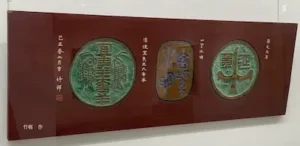
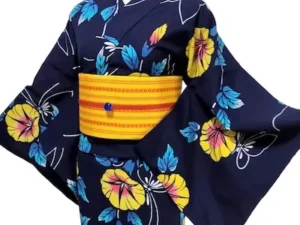
日本の夏と花火
日本の夏は暑くて湿気が多い季節です。そして、花火は夏の風物詩として親しまれています。
夏祭りや地域のイベントでは、花火がよく打ち上げられます。
人々は暑さを忘れ、一瞬の美しさに心を奪われます。夜空に広がる色とりどりの光は、夏の夜を特別なものにします。
特に8月、この時期は、全国で大きな花火大会が開催されます。
また、花火大会には屋台と言われる小さな食べ物屋がたくさんあります。普段は食べ歩きが少ない日本ですが、その時ばかりは食べ歩きを楽しみます。
花火の目的と意味
日本で花火が打ち上げられる目的は、美しさを楽しむこと以外にもあります。
古くから、自然の力への感謝や先祖の供養、災厄の除去という意味もあります。
特に夏の花火は、暑い季節を乗り切る祈りとしての役割もあります。そして、人々の健康や安全を願う意味も持ちます。
また、多くの観光客が集まります。そのため、観光資源としても大きな役割を果たしています。
日本の花火の歴史
日本の花火の歴史は、戦国時代(1467年〜1615年)からです。当時、火薬の技術がヨーロッパから伝わリました。そのことが始まりだと言われています。
そして、江戸時代中期(1603年〜1680年ごろ)には、観賞用の花火が楽しめるようになりました。
特に江戸(今の東京)では隅田川の花火大会が始まりました。今でもとても有名な花火大会です。
明治時代(1868年〜1912年)になると、花火の技術はさらに発展しました。そして、多種多様な花火が作られるようになりました。
現代では、花火職人の技術も高度化しています。昔では考えられないような青、ピンク、紫色などの花火も見られます。
また、花火は、打ち上げるまで、どんな形になるのかわからないそうです。
職人はどんな形や色になるのかを設計して作り、打ち上げてから実際に確認できるということです。
毎年、大きな花火大会が各地で開催されています。このように、歴史の中で培われた技術と文化が、今の日本の花火に息づいています。
シアトルの花火大会
私は昔、7月4日のアメリカ独立記念日に、シアトルのガスワークスパークで打ち上げ花火を見ました。
その花火は、シアトルの姉妹都市である神戸市の花火職人が作ったそうです。これは両市の交流の象徴であり、今も独立記念日には神戸の方がイベントに参加されていると聞きました。
アメリカにいながら、日本の花火を見ることができるのはとても不思議な気持ちでした。日本の花火大会はゆっくり打ち上げられます。しかし、シアトルの花火はどんどんダイナミックに打ち上げられていたことが印象的でした。
シアトルに「Fireworks」という雑貨屋さんがあったなー。そんなことを思い出しました。もう一度、シアトルの花火を見たいです。
最後に、問題です。「花火を上から見ます。下から見ます。近くで見ます。遠くから見ます。それぞれ、どんな形ですか?」
簡単ですか?答えは「The Yukata (ゆかた): Japan’s Traditional Summer Robe, Its Meaning, and Japanese Words to Learn」に書きます。

